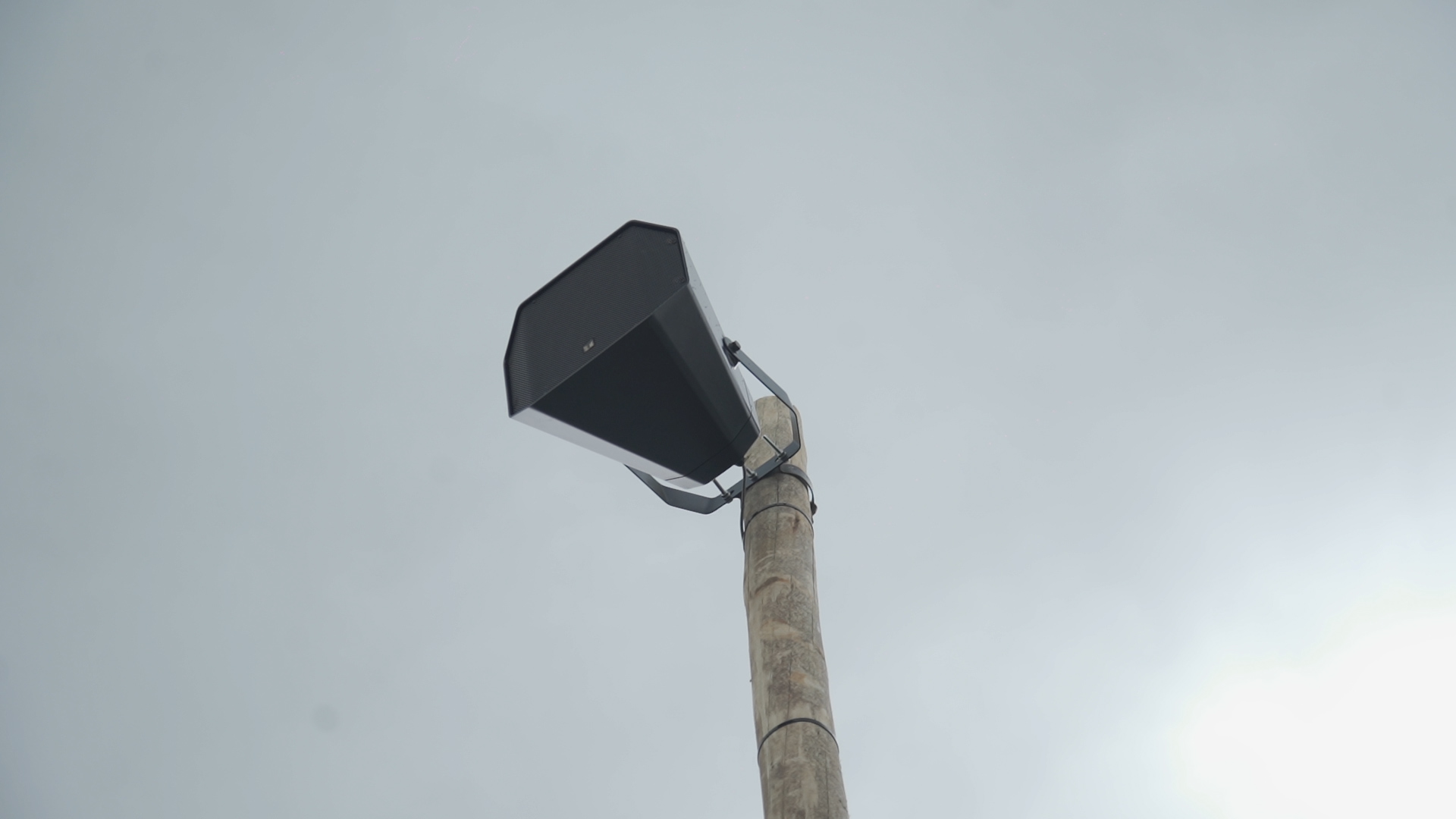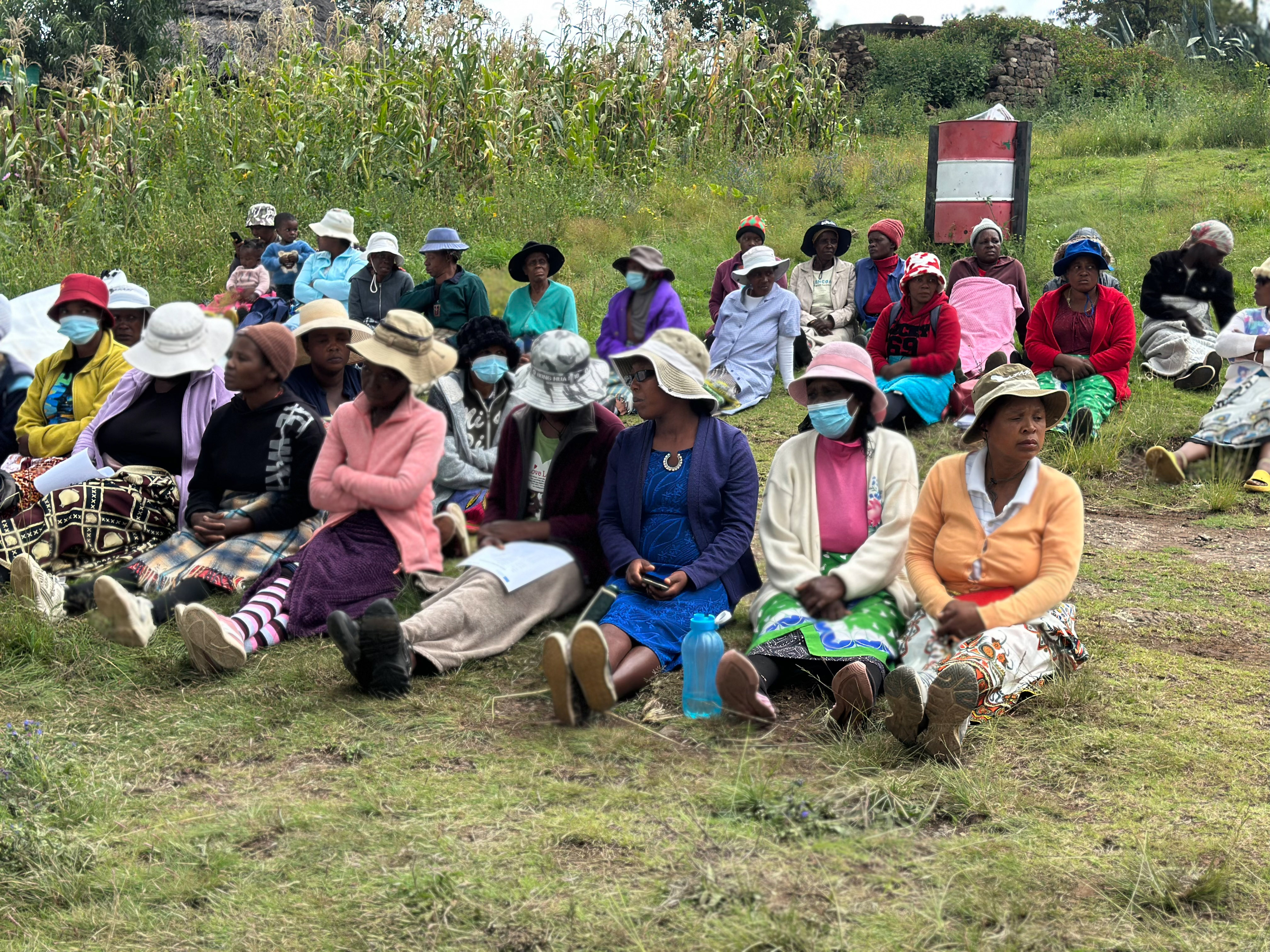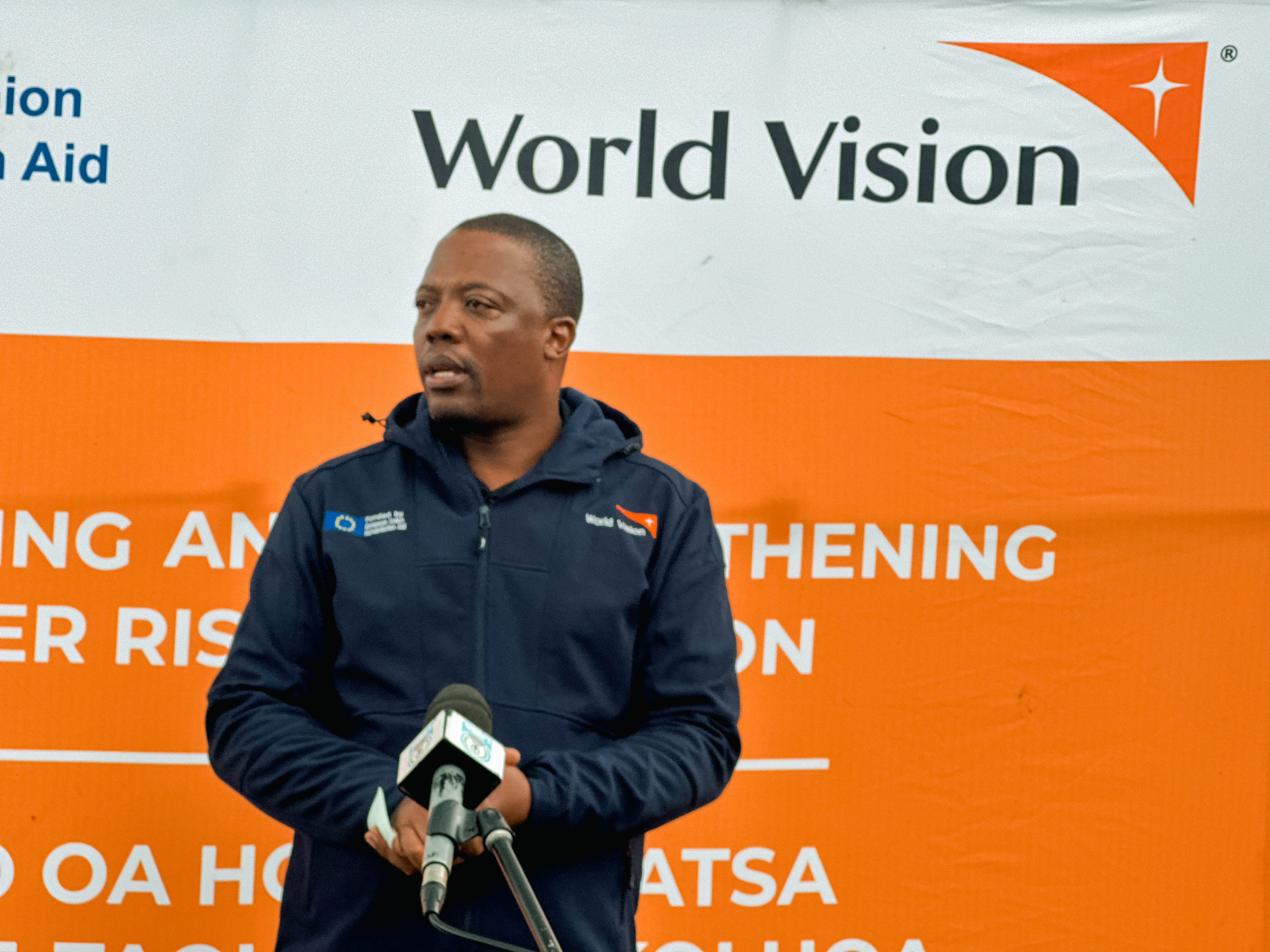World Vision Launches Early Warning Sirens in Likolobeng Community Council

Disasters, whether human induced or natural, pose a significant threat to communities worldwide. The ability to anticipate, detect, and respond to these hazards in a timely manner is crucial for reducing vulnerabilities and enhancing adaptive capacity. Early Warning Systems (EWS) play a pivotal role in disaster risk reduction by providing real-time alerts and ensuring proactive preparedness among at-risk populations. However, for some developing countries like Lesotho, technological infrastructure remains a challenge in providing effective early warning alerts. Many communities have relied on indigenous techniques for hazard prediction, but these methods pose limitations, as not all citizens possess the knowledge or skills to interpret these signals accurately. This gap highlights the need for improved means of disaster preparedness.
Recognizing challenges such as these, the government of Lesotho, through the Lesotho Meteorological Service, has expressed a desire to establish a Multi-Hazard Early Warning System (MHEWS) intended to disseminate alerts from a central control point to all districts. To support this initiative, the Consolidating and Strengthening Disaster Risk Reduction (CSDRR) project in Lesotho, through World Vision, under the support of European Union Civil Protection and Humanitarian Operations (ECHO) is currently installing early warning sirens in four districts of implementation. This initiative aims to enhance local governance structures’ capacity for rapid dissemination of risk information and early warnings in Thaba-Tseka, Maseru, Leribe and Mokhotlong, ultimately mitigating the adverse effects of hydro-meteorological and geological hazards faced by communities.

Early Warning Siren placed in Ha-Marakabei
This crucial initiative was officially launched at Ha-Marakabei Village in the Likolobeng council, marking a significant step toward enhancing disaster resilience and fostering anticipatory action. The siren installed in this community shall cover a distance of two kilometers, covering about 600 households. Speaking at the launch of the sirens, the Project Coordinator Ms Mamokobo Lebeko pointed out that these sirens will ensure that communities receive timely information and undertake early actions in response to both rapid- and slow-onset hazards. By integrating multi-hazard risk assessments, the system provides a comprehensive approach to risk mitigation in a region frequently affected by droughts, heavy snowfall, and excessive rainfall, thereby adversely affecting the communities’ livelihoods.

Community Members attending the Launch
The Likolobeng council's location alongside Mohale Dam presents unique challenges to residents who rely on fishing as their primary means of livelihood. The installation of sirens will help disseminate critical information regarding dam safety, among others ensuring that fishers and other residents are aware of potential threats such as floods or structural risks. Timely alerts will enable risk-informed decision-making, helping to minimize asset losses and strengthen socio-economic resilience. In communities such as these, where families are geographically dispersed, due to mountains, valleys and hills, enhancing early warning systems as form of community preparedness and response capacity becomes even more essential.
The presence of early warning sirens will foster a culture of risk awareness and disaster preparedness within these communities. Public awareness campaigns will be integral in ensuring that individuals understand and act upon warning signals effectively. The Early Warning Systems serve as key components of integrated disaster risk management frameworks, allowing communities, governments, humanitarian agencies, and civil society organizations to coordinate timely interventions. Strengthening linkages between national meteorological services, communities, emergency responders, and local governance structures will further enhance the effectiveness of disaster response mechanisms.
Advancements in technology have revolutionized EWS, integrating remote sensing, geographic information systems (GIS), and artificial intelligence to enhance hazard detection and forecasting accuracy. The installation of sirens complements other digital warning tools, such as SMS-based alerts, radio broadcasts, and community-based monitoring networks already present in the villages. These technological innovations ensure a people-centred disaster preparedness that prioritizes accessibility and inclusivity.

World Vision Integrated Programs Director Mr. Tohlang Ngakana addressing the community at the launch
Handing over this equipment, the World Vision Integrated Programs Director Mr Tohlang Ngakana expressed the importance of these early warning systems, as they are an indispensable pillar of disaster risk reduction, playing a crucial role in reducing exposure of communities, mitigating their vulnerabilities, and strengthening resilience.
While receiving the sirens, the District Administrator of Maseru, Mr Ts’epo Lethobane advised the community to take precautions according after receiving the alerts to ensure safety of lives and property. He further highlighted the long-time need for such tools in this village as disasters will then be lessened.
“This is the type of equipment we have needed for a long time, therefore there will not be many disasters in this area as information will be shared timely”. He said.
The World Vision initiative in Lesotho exemplifies the importance of investing in early warning systems as part of a holistic disaster preparedness strategy. As climate change exacerbates the frequency and intensity of extreme weather events, scaling up early warning systems’ infrastructure and fostering cross-sectoral collaboration remain paramount. Governments, development partners, and communities must work together to build robust, end-to-end early warning systems that enhance anticipatory action and safeguard the property meant to save lives and livelihoods against future disasters.